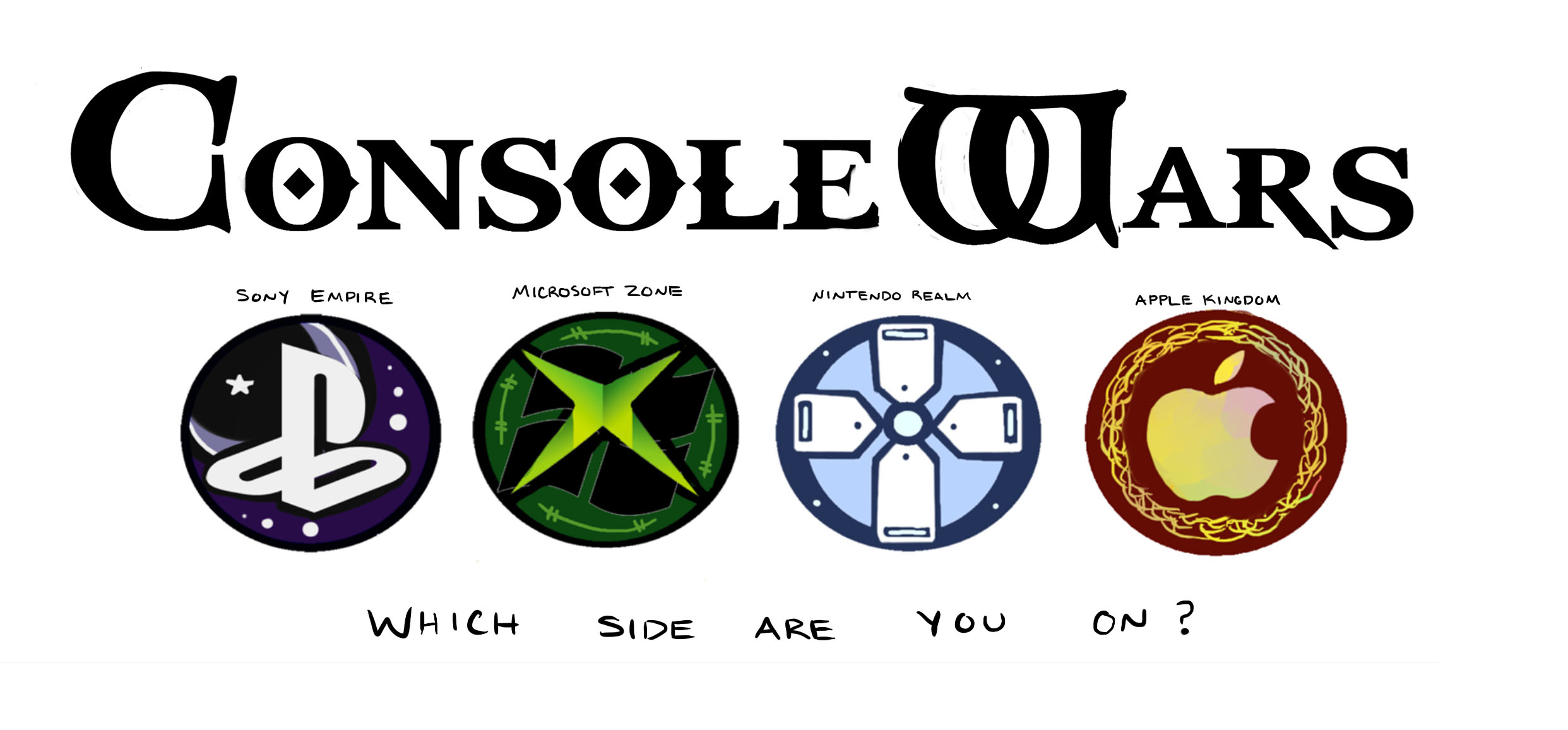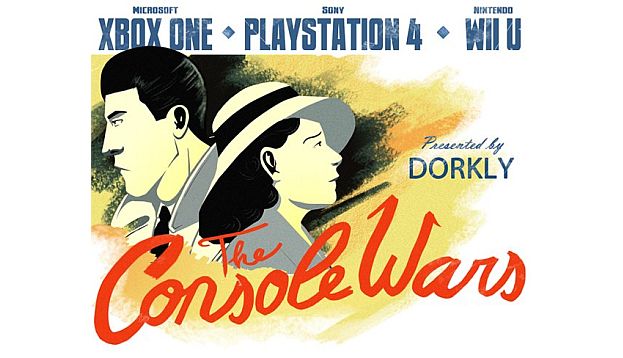We’ve gotten past the initial rush of enthusiasm for the Xbox One and the PlayStation 4, and the next major event will be the E3 show in June. What’s the state of the console market It’s definitely mixed, with some high points and low points. TechCrunch had an article pointing out the reduction in console sales in 2014 versus 2007, with less than half the number of consoles being sold this year so far. While the overall market is lower, Microsoft and Sony seem to be doing pretty well so far with next-gen consoles.
Sony’s taken an early lead with the PS4, selling over 6 million units so far with over 13.7 million software units as of March 2. The PS4 will soon have more units installed than the Wii U, if it doesn’t already. The PS4’s sales triumph has been marred with availability problems, which Sony believes will be mostly solved by the summer. That sounds like an E3 announcement they’d love to make: “We have plenty of PS4’s available for all countries.” Meanwhile, the company is trying to meet demand as fast as possible — while still keeping demand high.
Sony’s also been very successful at selling PlayStation Plus memberships, with over half of PS4 owners signing up, which should help boost the console’s profits. Coming later this year is PlayStation Now, the streaming game service that may bring an additional revenue boost to the PlayStation along with backwards compatibility with older titles.
There are difficulties ahead for Sony, with PS Vita sales still not catching fire and a thin lineup of compelling exclusives for the PS4, as well as PS3 sales that haven’t continued as strongly as the company would want. Still, the company has kept in the top sales position for next-gen consoles, and with the unveiling of the Project Morpheus VR headset Sony is placing a bet on the future that may bring in even more buzz.
Microsoft has had a more interesting time with the Xbox One, handicapped by by the system’s $100 price premium over the PS4. While sales of the Xbox One have apparently not topped the PS4 (Microsoft reported 3.9 million sold through the end of January), that situation may be changing with the introduction of Titanfall, easily the most acclaimed next-gen exclusive title so far. Microsoft has has also improved the value of the Xbox One by bundling in Titanfall (or Forza Motorsport 5) at no extra price, which is (effectively) a $60 price cut if you were planning on buying one of those titles. Walmart and Best Buy are doing their best to help by cutting an additional $50 off the Xbox One price, leading to a better value than the PS4 (if you add in the value of software bundles).

It’s too early yet to tell what effect Microsoft’s moves have had on Xbox One sales, but the results will probably help guide Microsoft’s Xbox One strategy for the remainder of the year. Clearly Microsoft is not content to trail PS4 sales and is fighting hard to keep sales high or even pass up the PS4, knowing the value this has in acquiring and keeping developer support.
Microsoft, like Sony, has a thin lineup of exclusive announced so far for the next few months. We will probably see some announcements at E3, but until then Microsoft is probably looking for Titanfall to keep excitement high. There’s still the possibility of more value being added to the Xbox One through bundling of software or services, and the option of an actual price cut is always on the table. We’ll probably get a clearer picture of Microsoft’s strategy at E3, but in the meantime keep an eye on these bundle deals and sales. If they continue for the next couple of months, it’s likely we’ll see some more permanent move on value or pricing by Microsoft at E3.
It should be noted that the main reason behind the Xbox One’s higher price, at least in the eyes of most observers, is the Kinect. While the Kinect has some showy interface features and has enabled some interesting things (like Xbox Fitness), the device has yet to realize its full potential. If there’s a game or two or out there with awesome Kinect-powered features, that would be a competitive advantage difficult for Sony to match, the Move notwithstanding.
Meanwhile, Nintendo continues to push out more 3DS titles and work diligently on Wii U software, without a sign yet of a major sales revival. Perhaps E3 will be the place where Nintendo reveals more of its strategy going forward, and demonstrates how it will boost flagging sales and return to profitability. Based on what the company has said so far, though, its plans appear to be longer term – which means we shouldn’t expect any major new hardware initiative to be announced at E3.
Overall, the sales picture for Xbox 360, PS3, and Wii software has been grimmer than expected. Despite bright spots like Grand Theft Auto V, sales have been disappointing for most publishers on their current-gen software titles. At this point there doesn’t seem to be much publishers can do about that; it’s really up to the hardware manufacturers to cut prices on older consoles in order to goose sales. Perhaps what’s holding back hardware makers is they’re not sure a price cut will really mean much a sales boost, instead just cutting into profit margins.
The NPD retail sales reports for the next few months will provide important clues to the momentum of new consoles. One should expect sales to slow in this season, but both Sony and Microsoft will be trying to keep things from getting too slow. If they are content with current sales, major marketing and product announcements will be held until E3 to generate excitement for the fall. If the sales picture isn’t quite as rosy, we may see some major announcements slip out prior to E3 to help boost excitement and sales.
Image credit: Dorkly

